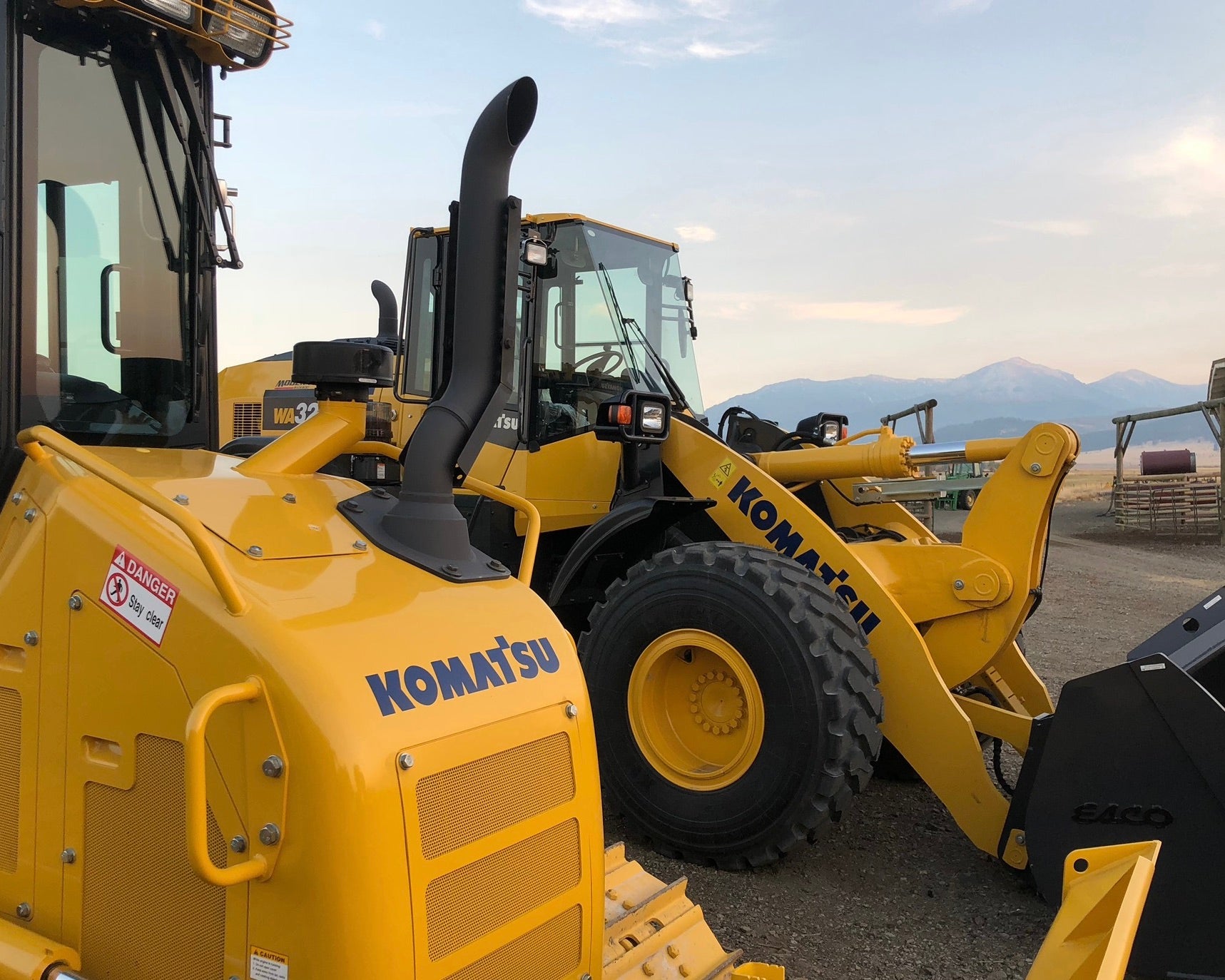
Frequently Asked Questions
Here we address the most common inquiries surrounding automated lubrication systems. From the basics of implementation to the intricate details of system compatibility, our comprehensive FAQ section equips you with the understanding needed to make informed decisions about the future of your equipment's performance and longevity.
Collapsible content
What is automated lubrication, and why is it important for industrial machinery?
Automated lubrication refers to the process of automatically applying lubricants to machinery's moving parts at specific intervals. It's vital for maintaining consistent and optimal lubrication levels, reducing wear and tear, and extending equipment lifespan.
How does automated lubrication prevent over-lubrication and under-lubrication issues?
Automated systems dispense precise amounts of lubricant at regular intervals, minimizing over-lubrication, which can lead to excess grease buildup, and under-lubrication, which can cause friction and premature wear.
What benefits can a business expect from implementing an automated lubrication system?
Businesses can experience increased equipment uptime, reduced maintenance costs, improved productivity, extended equipment life, and enhanced workplace safety through automated lubrication.
Can an automated lubrication system be customized for different machinery types?
Yes, automated lubrication systems can be tailored to suit the specific lubrication requirements of various types of machinery, from industrial equipment to heavy machinery.
How does automated lubrication contribute to sustainability and environmental friendliness?
Automated systems minimize lubricant waste by applying the right amount at the right time, reducing the environmental impact of excessive lubricant consumption.
What industries can benefit the most from automated lubrication systems?
Industries such as manufacturing, construction, agriculture, mining, and transportation can greatly benefit from the precision and efficiency of automated lubrication systems.
Are automated lubrication systems compatible with different types of lubricants?
Yes, these systems can work with various lubricants, including greases and oils, depending on the specific needs of the equipment.
How can automated lubrication systems help prevent unplanned equipment downtime?
By ensuring consistent and timely lubrication, automated systems minimize the risk of equipment breakdowns caused by inadequate lubrication, leading to reduced downtime.
What role does predictive maintenance play in automated lubrication?
Predictive maintenance combines sensor data with automated lubrication, allowing maintenance teams to anticipate lubrication needs based on real-time equipment conditions, further enhancing operational efficiency.
How does automated lubrication positively impact the overall maintenance strategy of a company?
Automated lubrication optimizes maintenance schedules, reduces manual labor, and helps shift maintenance from reactive to proactive, saving costs and improving equipment reliability.
Are there any considerations to keep in mind when choosing an automated lubrication system provider?
Look for providers with a track record of experience, reliable products, customizable solutions, and a strong commitment to customer support.
Can automated lubrication systems be retrofitted onto existing machinery?
Yes, many automated lubrication systems are designed to be retrofitted onto existing equipment, making it easier to upgrade without significant modifications.
How does automated lubrication contribute to workplace safety?
y reducing the need for manual lubrication, workers are exposed to fewer hazardous tasks, enhancing workplace safety and reducing the risk of accidents.
How does automation impact the cost-effectiveness of lubrication maintenance in the long run?
While initial setup costs may be involved, automated systems lead to substantial long-term savings through reduced maintenance, lower labor costs, and extended equipment life.
Are there different types of automated lubrication systems available?
Yes, there are various types, including single-point systems for specific components and multi-point systems for multiple lubrication points on complex machinery.